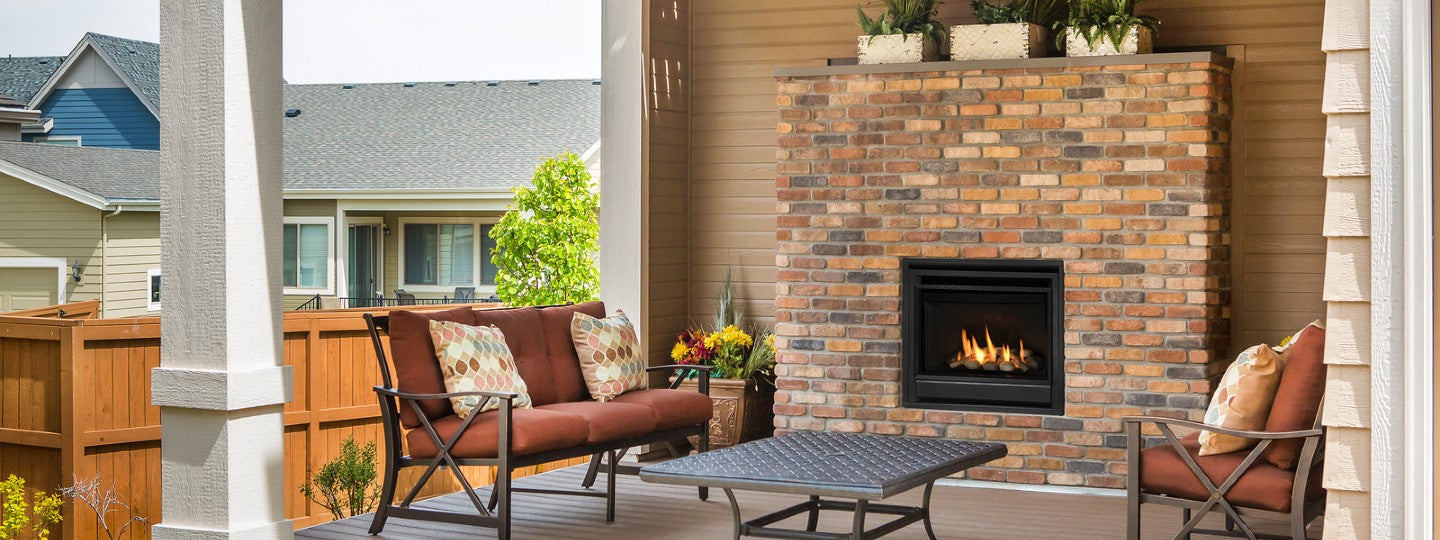
Harnessing the Warmth: How a Fireplace Can Heat Your Entire Home
Fireplaces have long been cherished as focal points in homes, offering not only aesthetic charm but also functional warmth. However, many homeowners may underestimate the fireplace's potential as a primary heating source for their entire house. In this blog, we'll explore the mechanisms behind how a fireplace can effectively heat a home, providing both comfort and efficiency during colder months.
Harnessing Heat Distribution
While a traditional fireplace may seem localized in its warmth, its ability to heat an entire house lies in its capacity for heat distribution. Modern fireplace designs, such as wood-burning stoves or inserts, are engineered to maximize heat output and efficiency. These devices often feature built-in blowers or fans that circulate warm air throughout the house, effectively distributing heat to multiple rooms.
Additionally, strategic placement of the fireplace within the home can enhance its heating capabilities. Installing the fireplace in a central location, such as the living room or an open-concept area, allows heat to radiate more evenly throughout the house, reaching distant rooms with ease.
Utilizing Passive Heating
In addition to active heat distribution mechanisms, fireplaces also leverage passive heating principles to warm a home. Thermal mass materials, such as brick, stone, or ceramic, absorb heat generated by the fire and release it slowly over time. This process, known as radiant heat transfer, creates a comfortable and consistent warmth that permeates the surrounding space.
Furthermore, well-insulated homes can effectively retain heat generated by the fireplace, minimizing heat loss and maximizing energy efficiency. Proper insulation ensures that warmth remains trapped indoors, reducing the need for supplemental heating sources and lowering utility costs.
Enhancing Efficiency with Modern Technologies
Advancements in fireplace technology have further enhanced their ability to heat entire homes efficiently. High-efficiency wood-burning stoves and inserts feature innovative combustion systems that optimize fuel consumption and reduce emissions. These eco-friendly options not only provide ample heat but also promote sustainability by utilizing renewable energy sources.
Moreover, the integration of smart thermostats and remote control functionality allows homeowners to regulate the fireplace's temperature and performance with ease. By adjusting settings remotely or programming heating schedules, homeowners can maintain optimal comfort levels while minimizing energy waste.
Practical Considerations and Maintenance
While a fireplace can indeed heat an entire house, it's essential to consider practical factors and perform regular maintenance to ensure optimal performance and safety. Proper chimney maintenance, including regular cleaning and inspections, is crucial to prevent creosote buildup and chimney fires.
Additionally, selecting the right type of fuel, such as seasoned hardwoods or compressed wood pellets, can enhance efficiency and reduce environmental impact. Adequate ventilation and airflow are also essential to prevent indoor air quality issues and ensure proper combustion.
Conclusion
In conclusion, a fireplace can serve as a reliable and efficient heating source for your entire home, providing warmth, comfort, and ambiance during the colder months. By harnessing heat distribution mechanisms, leveraging passive heating principles, and embracing modern technologies, homeowners can maximize the fireplace's potential while minimizing energy consumption and costs. With proper maintenance and practical considerations, a fireplace can become not only a centerpiece of your home but also a sustainable and eco-friendly heating solution for years to come.

















